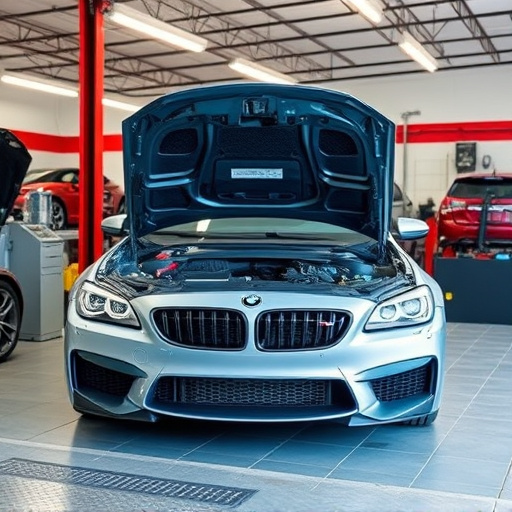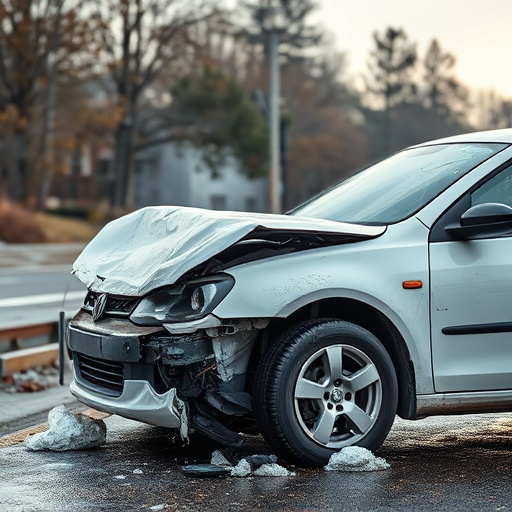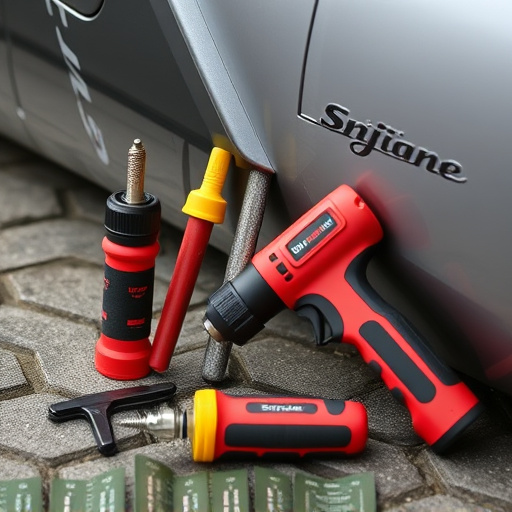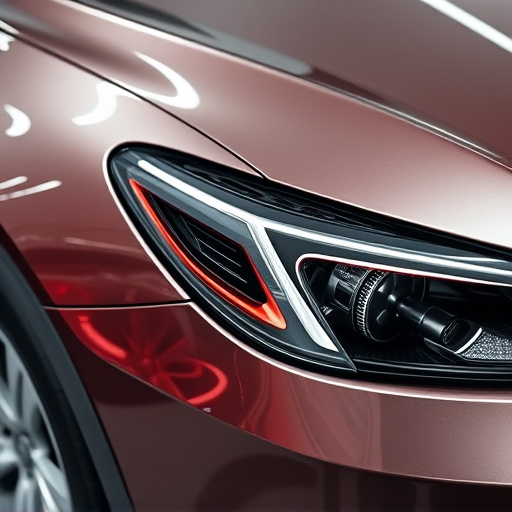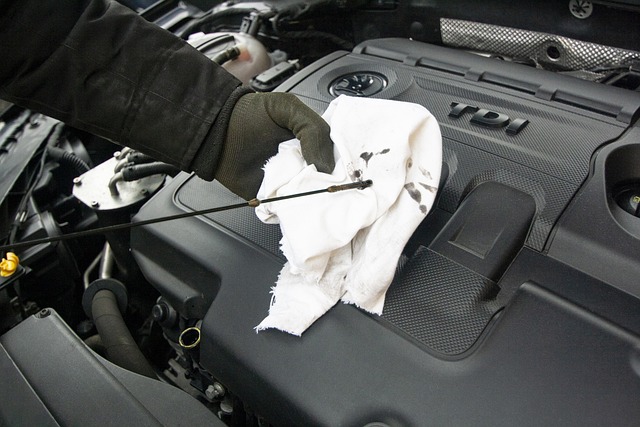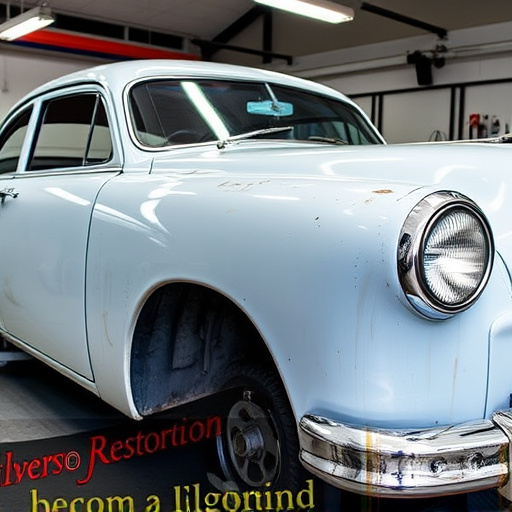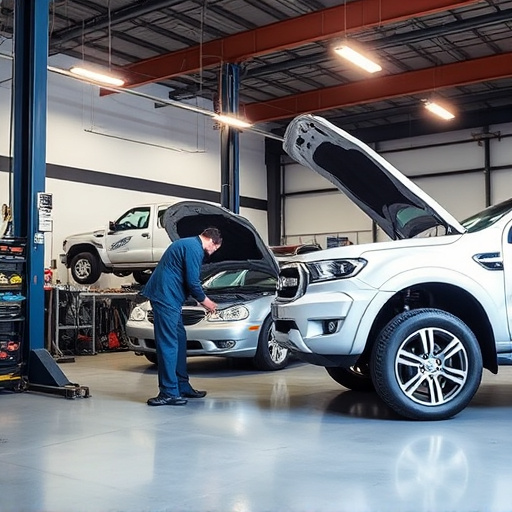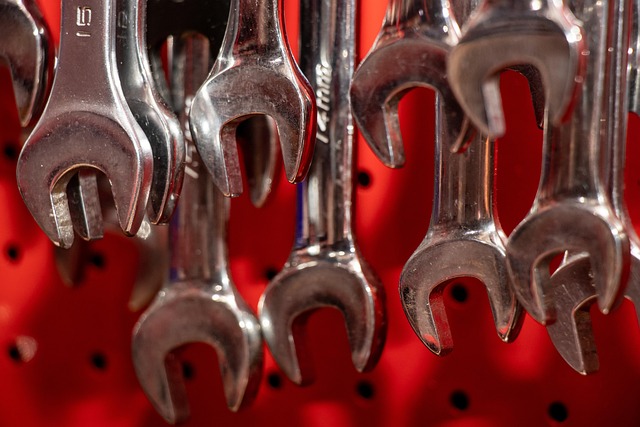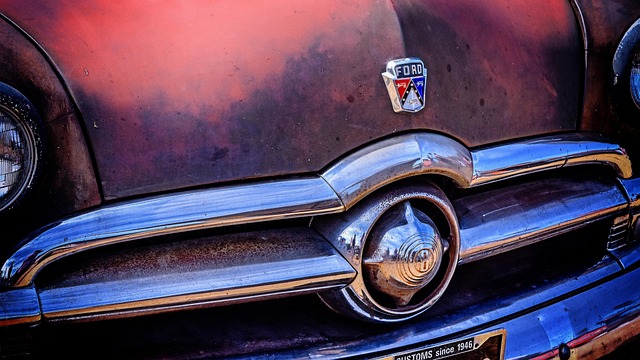Heat damage auto body repair addresses structural and aesthetic issues caused by extreme temperatures and sun exposure. Early detection and specialized techniques like precise heating/cooling and advanced restoration methods are crucial. Environmental factors accelerate heat damage through cyclic radiation-induced expansion, contraction, and brittleness of materials. Collision repair centers can mitigate heat damage with regular maintenance, protective coatings, underbody sealing, shaded parking, climate-controlled facilities, and heat-resistant materials.
In today’s world, understanding heat damage to vehicles is crucial for every car owner. Extreme temperatures and environmental factors significantly accelerate heat-related auto body issues, from dents and scratches to more severe structural damage. This article delves into the common auto body problems caused by heat and explores environmental triggers, offering valuable insights on how to mitigate these challenges through effective strategies. By understanding these factors, you can protect your vehicle and avoid costly repairs associated with heat damage auto body repair.
- Understanding Heat Damage: Common Auto Body Issues
- Environmental Triggers: Heat Impact on Cars
- Strategies for Mitigating Heat-Related Auto Body Repair Challenges
Understanding Heat Damage: Common Auto Body Issues
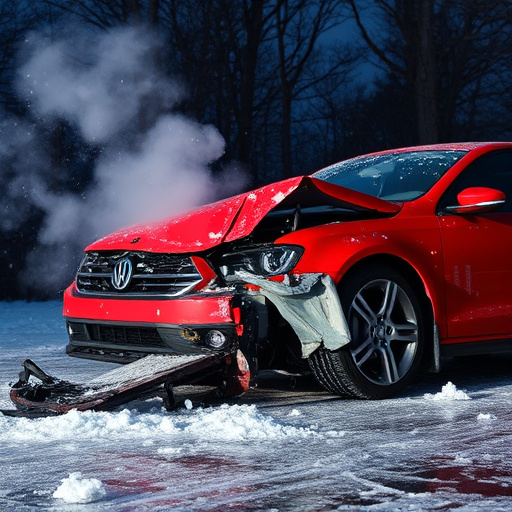
Heat damage to auto bodies is a common issue, often seen following exposure to extreme temperatures or prolonged sun exposure. This type of damage can manifest in several ways, affecting both the structural integrity and aesthetic appeal of a vehicle. Common heat damage auto body issues include warping of metal panels, blistered paint, and soft or deforming plastic components. These problems can range from minor cosmetic concerns to significant structural weaknesses that compromise safety.
Understanding the specific types of heat damage is crucial for effective heat damage auto body repair. Early detection is key; addressing these issues promptly can prevent further complications. Professional automotive collision repair services employ specialized techniques, such as precise heating and cooling processes, to straighten warped panels and restore the vehicle’s original shape. Car body restoration methods may also involve replacing damaged parts or using advanced technologies for accurate color matching during repainting, ensuring a seamless and like-new appearance.
Environmental Triggers: Heat Impact on Cars
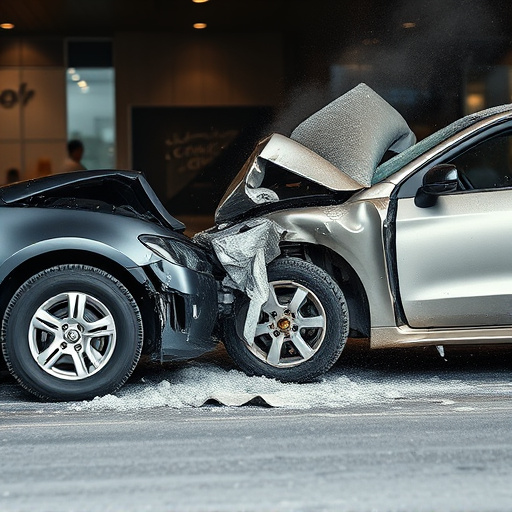
The environmental factors play a significant role in accelerating heat damage to auto bodies, especially in regions with extreme climate conditions. Heat, as a powerful trigger, can wreak havoc on vehicles left exposed to prolonged sunlight and high temperatures. The sun’s radiation heats up the car’s surface, causing the paint and other materials to expand and contract. Over time, this cyclic exposure leads to cracks, chips, and blisters in the vehicle paint repair, compromising the protective coating and making it susceptible to further damage.
The impact of heat on cars is not limited to the exterior; it can also affect internal components. Extreme temperatures can cause the rubber seals and gaskets to become brittle, leading to their deterioration and potential replacement needs. Additionally, the engine, being a sensitive assembly, may experience performance issues due to overheating, which could require extensive auto body services for repairs. Thus, understanding the environmental triggers related to heat is crucial for both vehicle owners and auto painting professionals to implement preventive measures and effectively address any resulting heat damage auto body repair challenges.
Strategies for Mitigating Heat-Related Auto Body Repair Challenges
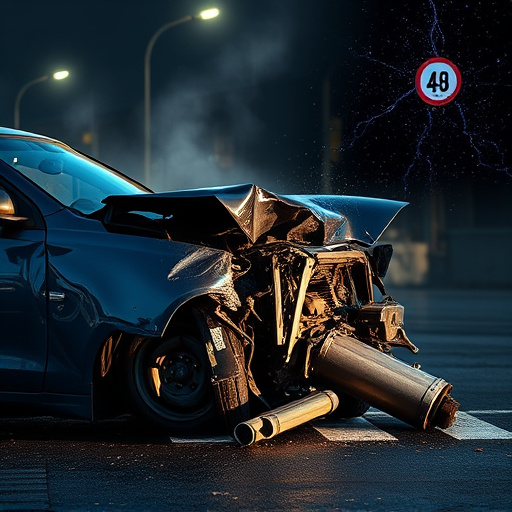
To mitigate heat-related auto body repair challenges, it’s crucial to understand how environmental factors contribute to damage. Extreme temperatures, especially during summers, can accelerate corrosion, cause paint blistering, and weaken structural integrity. Regular maintenance becomes even more critical in such regions, focusing on protective coatings and underbody sealing to shield the vehicle from heat’s detrimental effects.
Implementing preventive measures at a collision repair center is essential. These include offering shaded parking spaces, utilizing climate-controlled facilities for paint repairs, and promoting the use of high-quality, heat-resistant paints and adhesives. By adopting these strategies, auto collision centers can effectively reduce heat damage, ensuring better outcomes for vehicles undergoing vehicle paint repair and enhancing customer satisfaction.
Heat damage is a significant challenge for auto body repairs, accelerated by environmental factors. By understanding common issues like surface cracks and paint blistering, recognizing the impact of elevated temperatures on cars, and implementing strategies such as improved cooling systems and protective coatings, vehicle owners can mitigate heat-related auto body repair challenges. These measures are essential steps towards preserving vehicle aesthetics and structural integrity in today’s hot climates, ensuring a more durable and cost-effective ownership experience.


